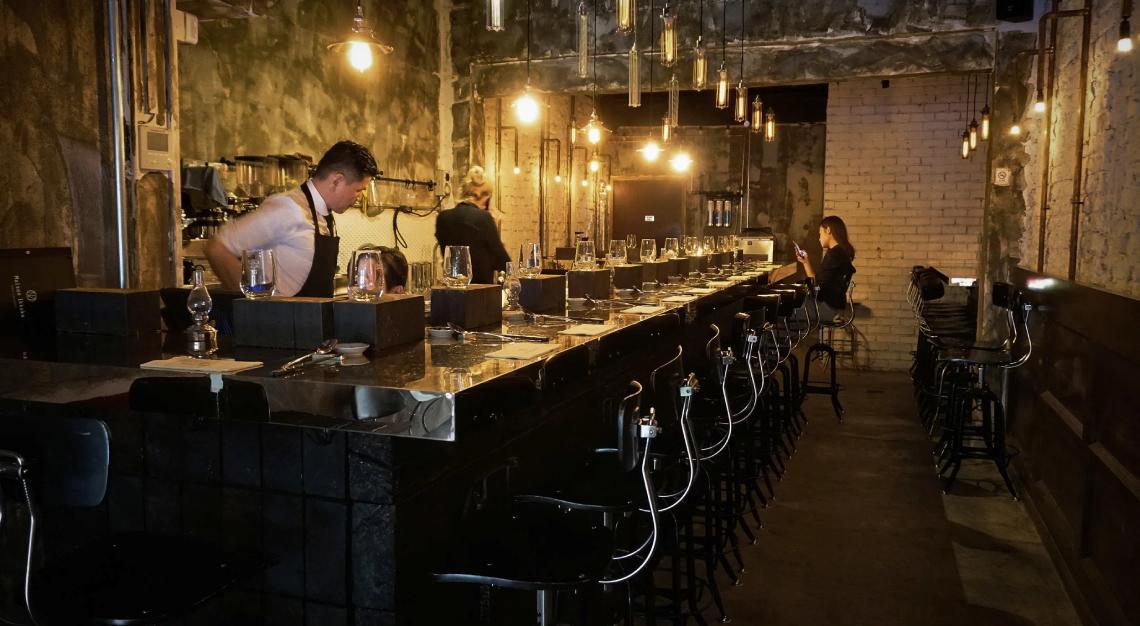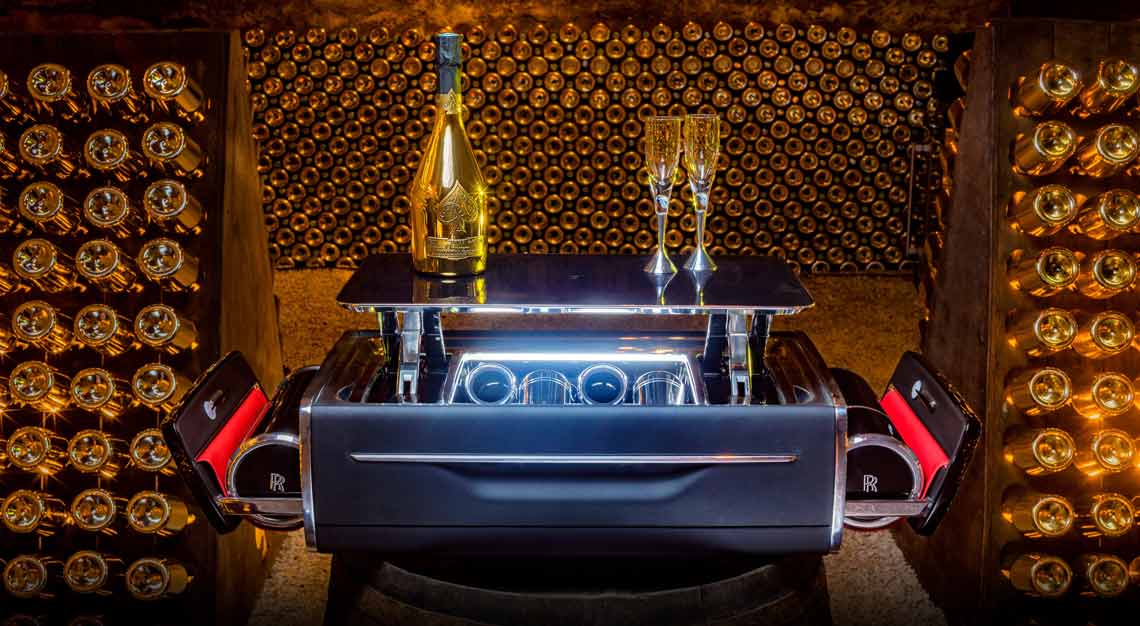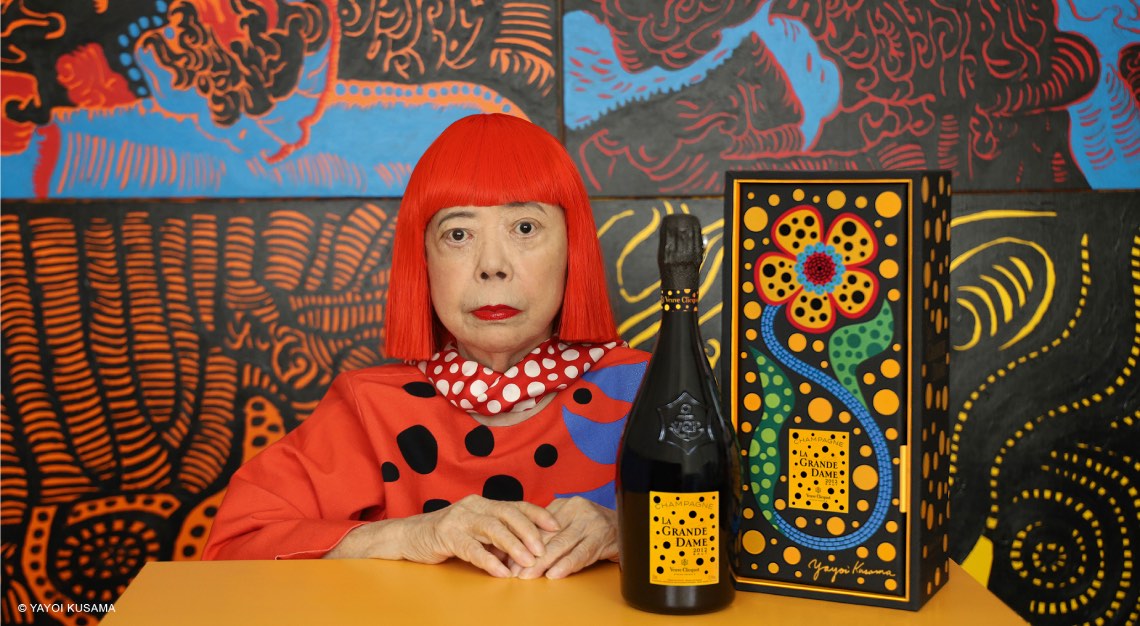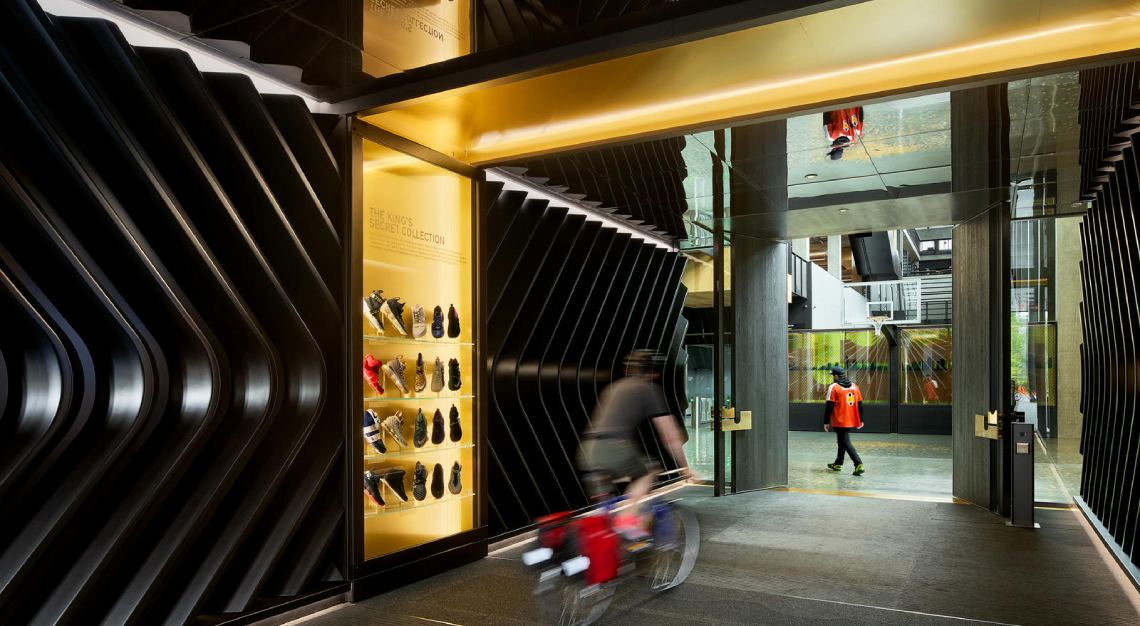Known as The Invisible Man, internationally renowned Beijing-based artist Liu Bolin brings his mastery of the art of camouflage to Ruinart in a newly launched collaboration
Liu Bolin, 45, first became invisible in 2005 as a sign of silent protest when the Beijing artists’ village where he worked was razed as part of restructuring for the 2008 Olympics. He faded into the ruins by camouflaging himself using acrylic paints, posing motionless for hours, then immortalised the performance through photography, which became the first of his Hiding in the City series.
Since then, he has painstakingly painted himself into supermarket shelves, news stands, a wall of Communist Party propaganda slogans, a portrait of Mao, the Great Wall of China and the Louvre Pyramid with French artist JR.


He also appropriated da Vinci’s Mona Lisa and Picasso’s Guernica using multiple human subjects as his canvas that were then posted online in targeted Google image search results as his way of hacking the art world. He has created futuristic heads made from electronic circuits and copper wires concealing video cameras, live-streamed Beijing’s smog from 24 mobile phones attached to an orange lifejacket he wore, and created a giant iron fist sculpture facing downwards in opposition to the revolutionary symbol of the fist raised towards the sky, as part of the political and social commentary that pervades his art, tackling issues like consumerism, financial power and pollution.
Now the artist from Binzhou, Shandong province, who made his own toys as a child, studied sculpture at art school and whose creations are closely intertwined with a rapidly modernising China, turns his attention to Ruinart in its latest annual artist collaboration that continues the longstanding relationship between the Reims-based Champagne house and the art world.



After a 10-day residency at Maison Ruinart last August, he carried out eight photo-performances, carefully selecting the different sites, the Ruinart employees who would vanish into his photos, the lighting, composition and perspective. Then his team of three assistants helped him to paint the costumes, faces, hair and hands, before getting into position for the photo-taking.
In one artwork, he hid amid green vines with Ruinart’s cellar master Frederic Panaiotis, then got lost with him in a sea of Champagne bottles. “I think this was the most difficult photograph I have ever produced because I had to paint both the front and back of my body due to the mirrors and reflections, which is a first for me,” he says. “There is a loss of bearings in this photo that I love most of all. You wonder what you are seeing, and if it is reality or a projection of reality. That’s how the Maison Ruinart draws you in.”
Liu also staged a disappearance with Ruinart’s riddler Pablo Lopez and the gyropalettes, and featured the beauty and majesty of the Blanc de Blancs chalk cellars. Highlighting a long stairwell that descends deep underground, he notes, “This space caught my attention because it is a passage. It leads down inside the earth, from the soil and vineyards to the cellars and production area. It’s the connection between the crop and the production of Champagne.


“I love transitional spaces. They are very informative. For the first time, I changed my position by reaching out with my arms. It gives the image another dimension.” Paying tribute to Alphonse Mucha, the first artist Ruinart had commissioned in 1896 to produce publicity posters for the house, he discloses, “Alphonse Mucha is a key figurehead in art nouveau, and I felt very powerful emotions when I worked on this image.”
Then he joined in the disgorgement production line with the workers to showcase the expertise of the men and women labouring behind the scenes, the invisible gestures at work and age-old savoir faire involved in the making of Champagne. “I’ve always been fascinated by people who produce,” he remarks. “In my mind, they are the ones who make the world go around. In 2006, I created an image with Chinese workers, which was a memorable experience. I found the same relationship here. Taking a photograph with four models is never easy, but they remained completely focused on their tool. The mood for this image verges on science fiction.”
One artwork could take from hours to days to paint, depending on the complexity of the backdrop. Like a game of hide-and-seek, viewers are tricked into believing there is nobody there, when in fact there is someone hiding in plain sight. “I decided to vanish into the world around me,” Liu concludes. “Some say I disappeared into the landscape; I say that the environment took hold of me.”





